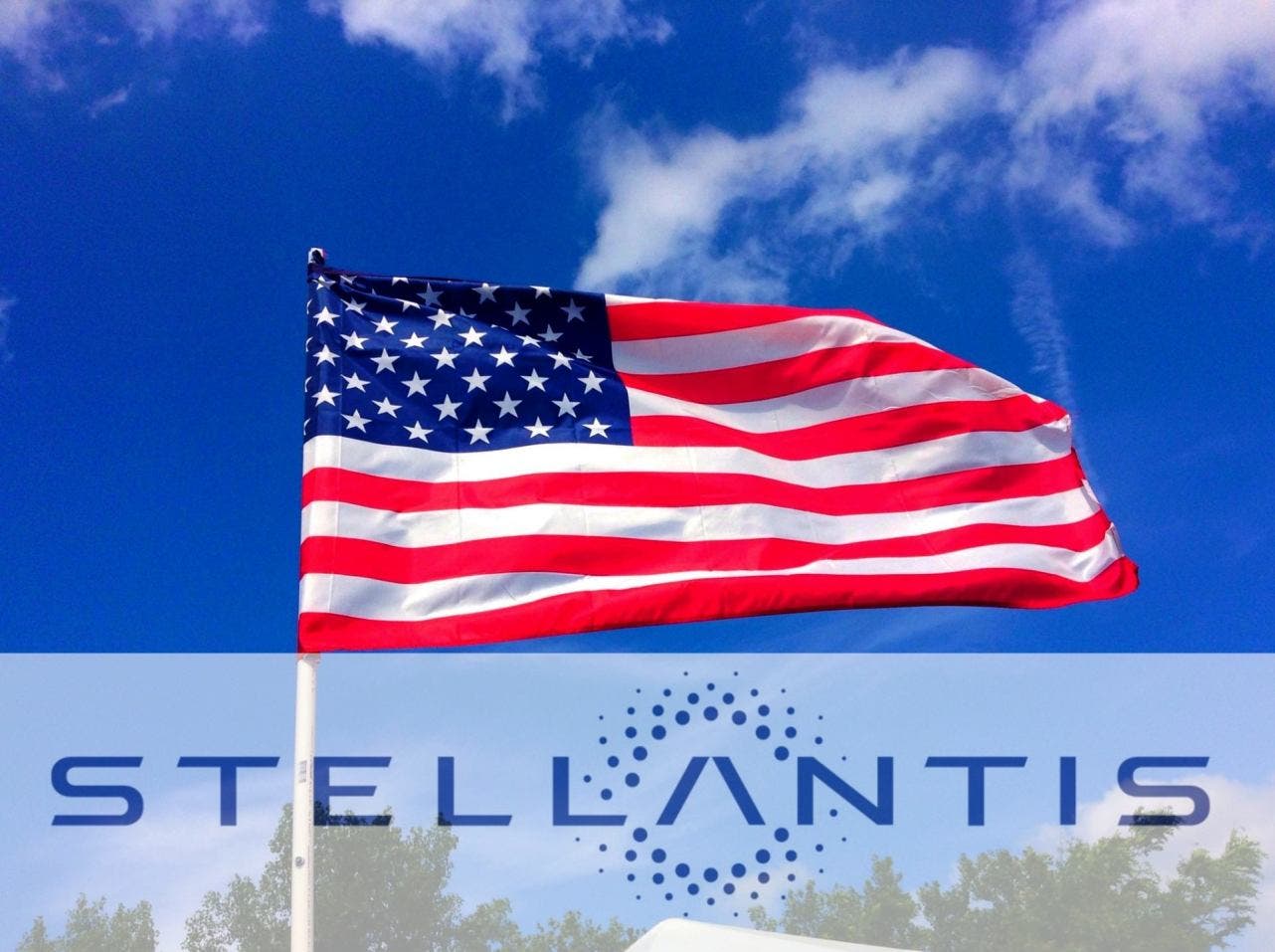The heavy tariffs imposed on automobile manufacturers by the new President of the United States, Donald J. Trump, continue to spark debate. The issues currently agitating markets have put Stellantis on alert, as they import highly appreciated vehicles into the United States that are produced in Mexico and Canada, as well as in Europe. Trump‘s decisions on tariff implementation are part of a protectionist approach that will deal a severe blow to automobile manufacturers who import vehicles into the United States while producing them elsewhere. The risk that automakers and large groups, such as Stellantis, will begin to lose billions doesn’t seem so distant.
Trump’s proposed tariffs would severely impact European automakers, including Stellantis

Stellantis itself might find itself completely rethinking its entire production approach, revising export strategies and other market logistics. For this reason, the Group born from the merger between FCA and PSA is already reportedly thinking about useful countermeasures to address Donald J. Trump‘s tariff plan.
Importing new vehicles into the United States could soon become economically problematic. Trump‘s idea would end up hitting European manufacturers who have always viewed the United States as a market of considerable interest for concrete growth prospects; an approach never hidden by Stellantis, which has always looked at the United States as a primary objective. Risking a loss of competitiveness on those models produced in Europe therefore appears quite possible.
The introduction of increased tariffs will not only slow down exports of new models to the United States but also make many models practically inaccessible to local consumers. In this context, Stellantis (like other European automakers and automotive groups) would end up withdrawing some models from the market or considering the possibility of producing locally with increased costs.
It is therefore within this context that Stellantis is moving on the need to evaluate important countermeasures in order to mitigate, as much as possible, the effects of tariffs in the US market. In this sense, local production could be expanded with a view to producing some models currently made in Europe, but also appealing in the United States, for which tariffs would end up cutting short their presence in the local market.
At the same time, Stellantis could also revise its commercial strategies by focusing on brands and models that already have a stronger impact in the USA, thus reducing the need to import models from the Old Continent. The increasingly insistent strategic aims towards India and China could represent an additional hypothesis of commitment looking at markets with greater stability when considering the current approach proposed by the new president of the United States across the Ocean.

